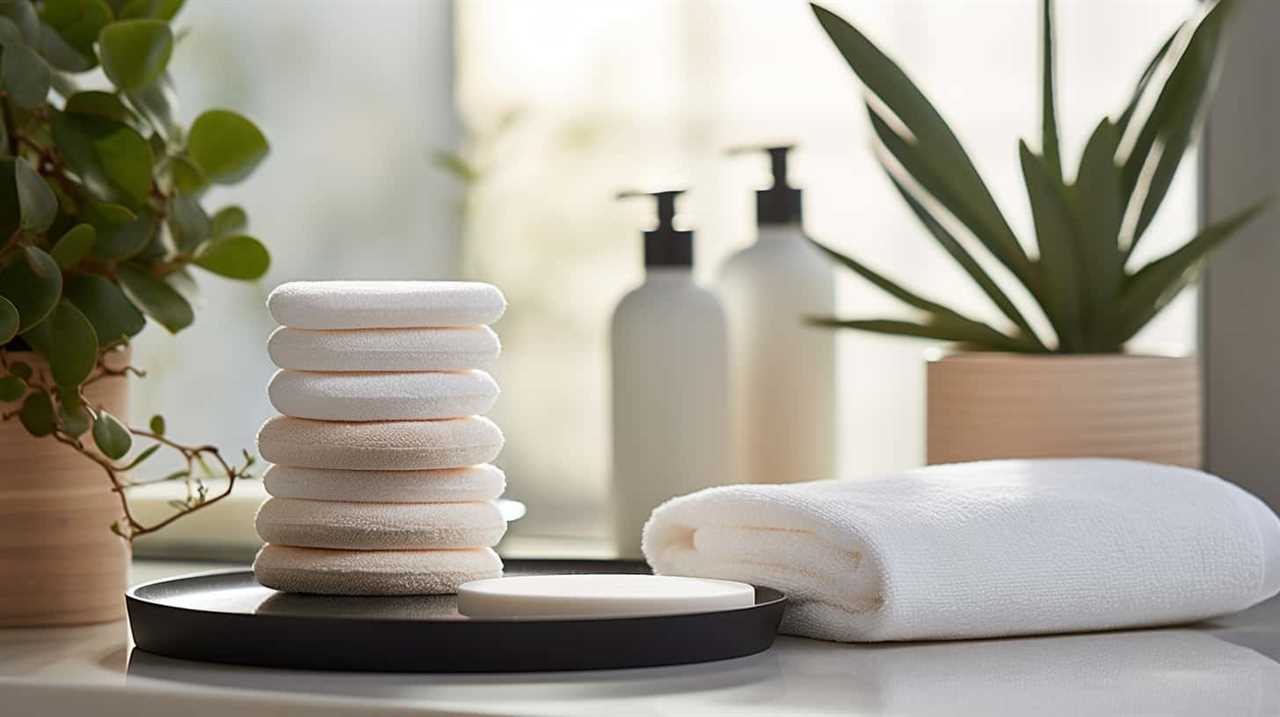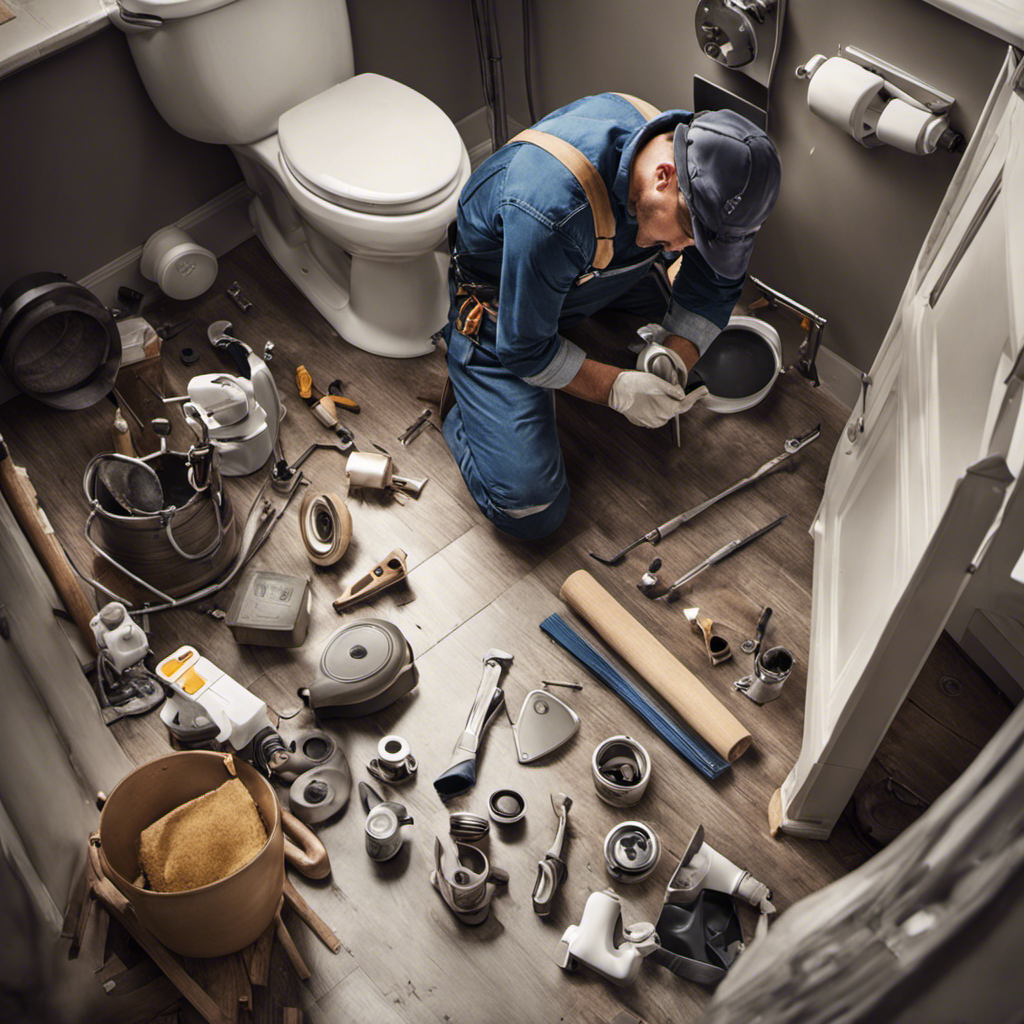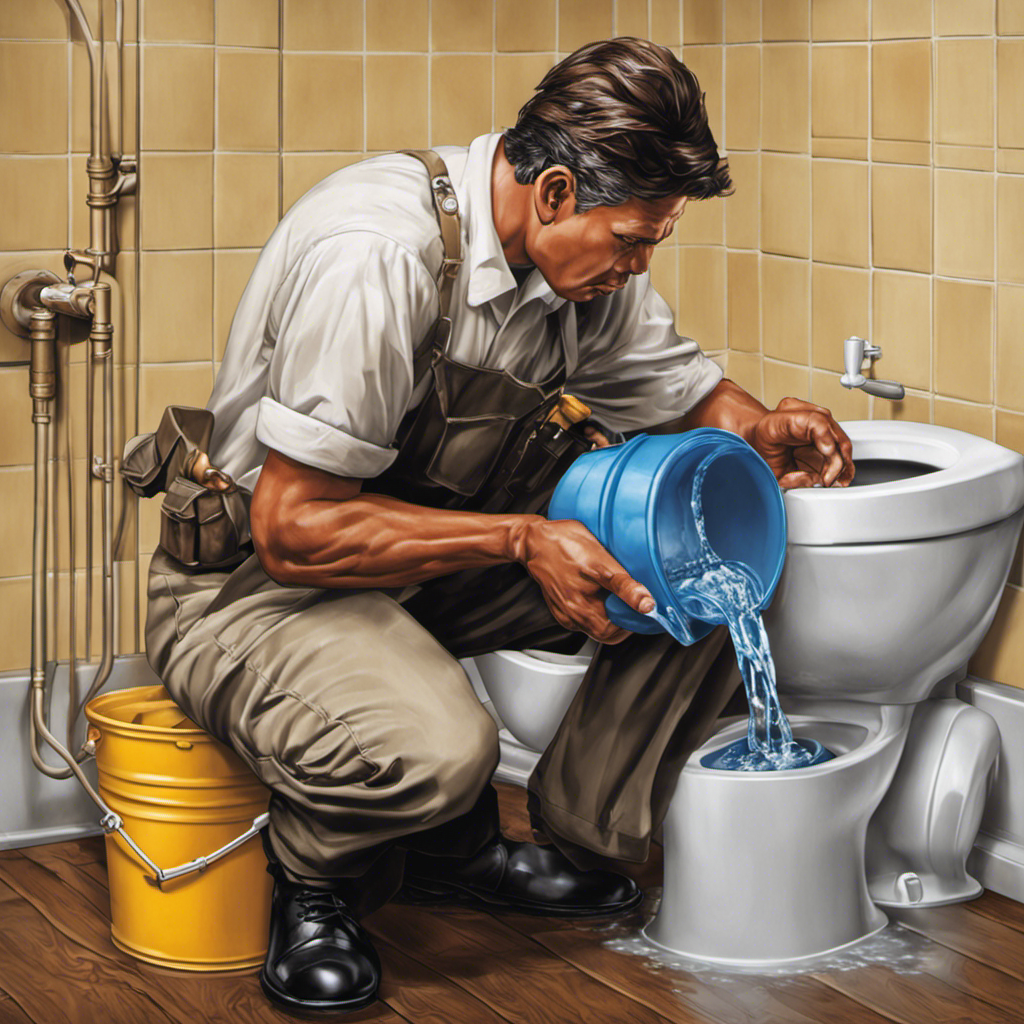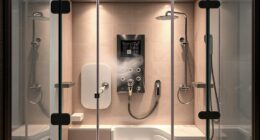Ever been curious about how a marine toilet operates? Allow us to shed some light on this mystery.
A marine toilet joker valve is a crucial component that ensures smooth and efficient operation. It acts as a one-way valve, preventing backflow and maintaining proper suction.
Without a functioning joker valve, you may encounter unpleasant odors and clogs.
In this article, we will delve into the intricacies of this vital device and provide useful troubleshooting tips for optimal performance.
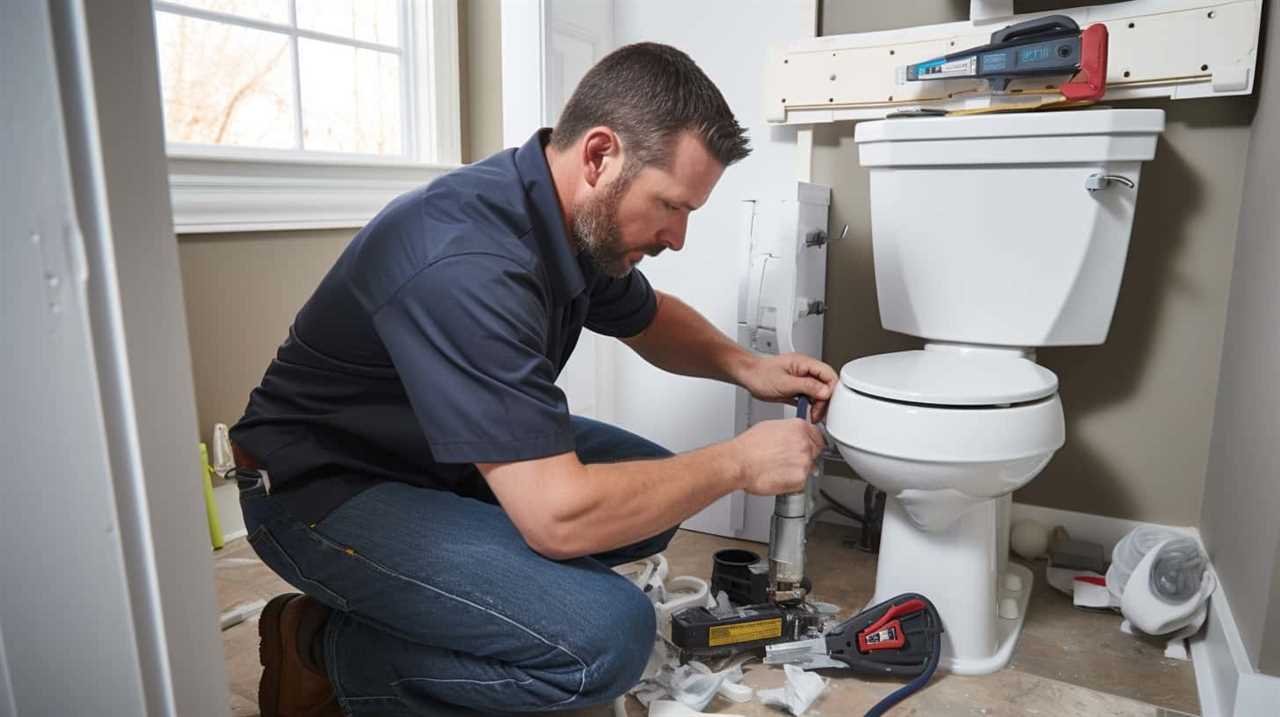
Key Takeaways
- The joker valve is an essential component for regulating the flow of waste and preventing backflow in a marine toilet system.
- Regular inspection and maintenance of the joker valve is important to ensure efficient and reliable operation of the marine toilet system.
- Malfunctioning joker valves can result in foul odor, inadequate flushing, and discoloration.
- Faulty joker valves can lead to health hazards and contamination through the backflow of sewage and the presence of harmful bacteria and pathogens.
What Is a Marine Toilet Joker Valve
The joker valve is a crucial component of a marine toilet system, responsible for regulating the flow of waste and preventing backflow. It’s an essential part of the installation process for marine toilets.
When installing a marine toilet, it’s important to ensure that the joker valve is properly installed and functioning correctly. If the joker valve becomes worn or damaged over time, it may need to be replaced.
Joker valve replacement involves removing the old valve and installing a new one in its place. This can be done by following the manufacturer’s instructions and using the appropriate tools.
It’s important to regularly inspect and maintain the joker valve to ensure the proper functioning of the marine toilet system.

The Role of the Joker Valve in a Marine Toilet
To understand the importance of the joker valve in a marine toilet, we need to delve into its role in regulating waste flow and preventing backflow.
The joker valve is a critical component that helps maintain the proper functioning of a marine toilet system. It’s responsible for controlling the movement of waste and preventing any unwanted backflow into the toilet bowl.
When waste is flushed, the joker valve opens to allow the waste to pass through and then closes to prevent any reverse flow.
Over time, the joker valve may wear out or become damaged, requiring valve replacement or joker valve installation.
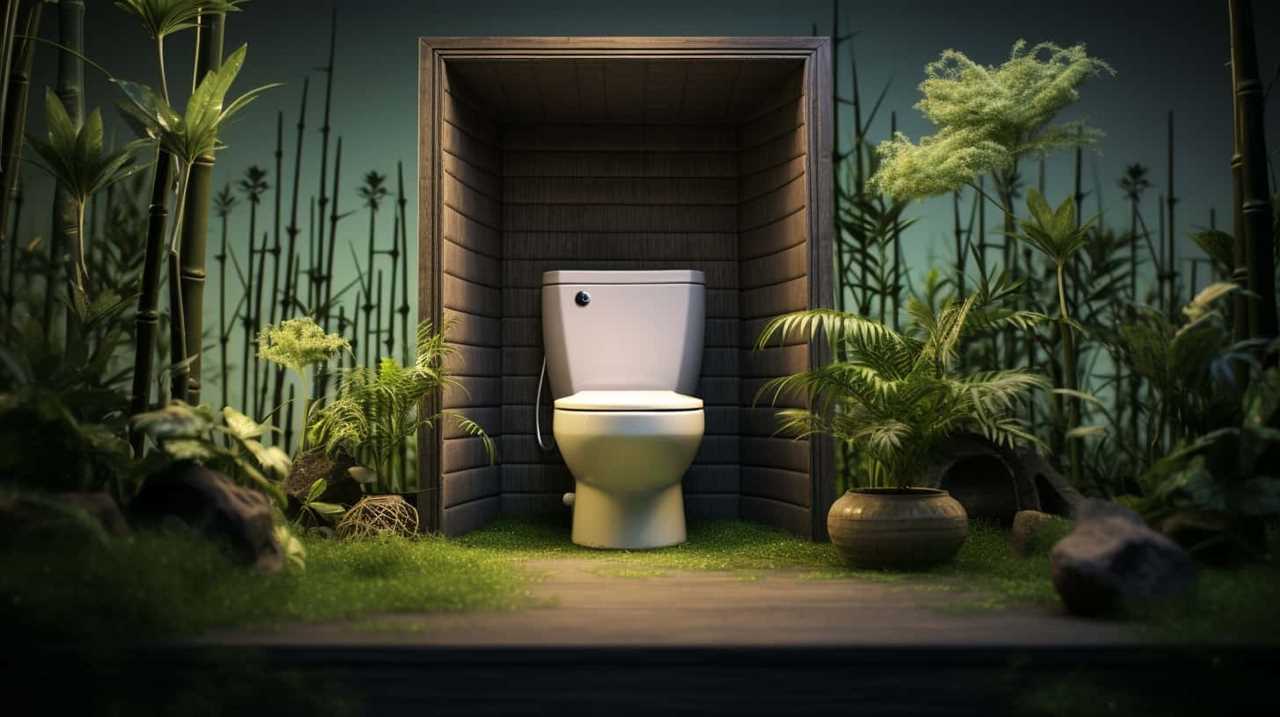
Regular maintenance and inspection of the joker valve is essential to ensure the efficient and reliable operation of the marine toilet system.
How Does the Joker Valve Work
Now let’s talk about how the joker valve actually works.
The joker valve is responsible for controlling the flow of waste in a marine toilet system.
It functions by allowing waste to pass through while preventing backflow.
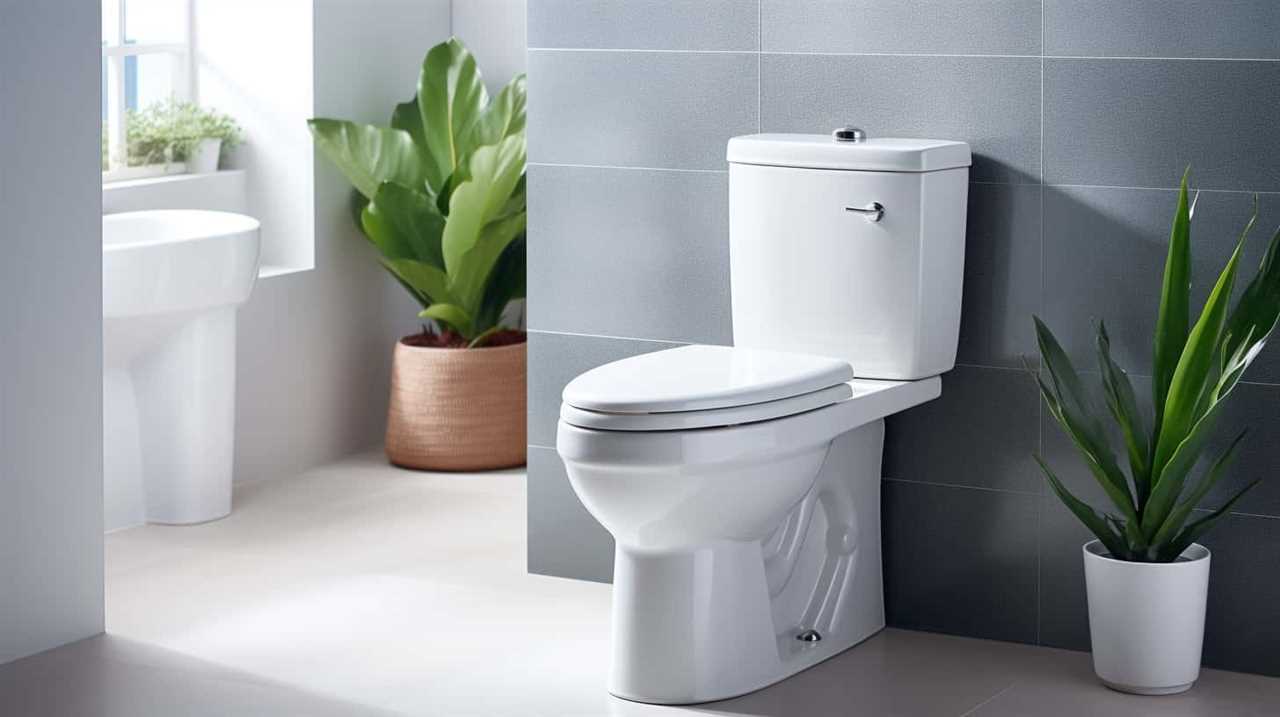
Proper maintenance and regular inspections are important to ensure the joker valve continues to work effectively and prevent any potential issues with the marine toilet system.
Joker Valve Function
After inspecting the marine toilet joker valve, we discovered its function is to regulate the flow of waste water. The joker valve acts as a one-way gate, allowing waste water to flow out of the toilet bowl and into the holding tank, while preventing any backflow.
Here are two important points to consider regarding the joker valve function:
- Joker valve replacement:
- Regularly check the condition of the joker valve and replace it if it becomes worn or damaged.
- A faulty joker valve can lead to leaks and unpleasant odors, so it’s important to ensure it’s functioning properly.
- Proper joker valve installation:
- During installation, make sure the joker valve is aligned correctly to ensure optimal flow regulation.
- Follow the manufacturer’s instructions and use the appropriate tools and techniques for a secure and effective installation.
Understanding the function of the joker valve is crucial for maintaining a properly functioning marine toilet system.
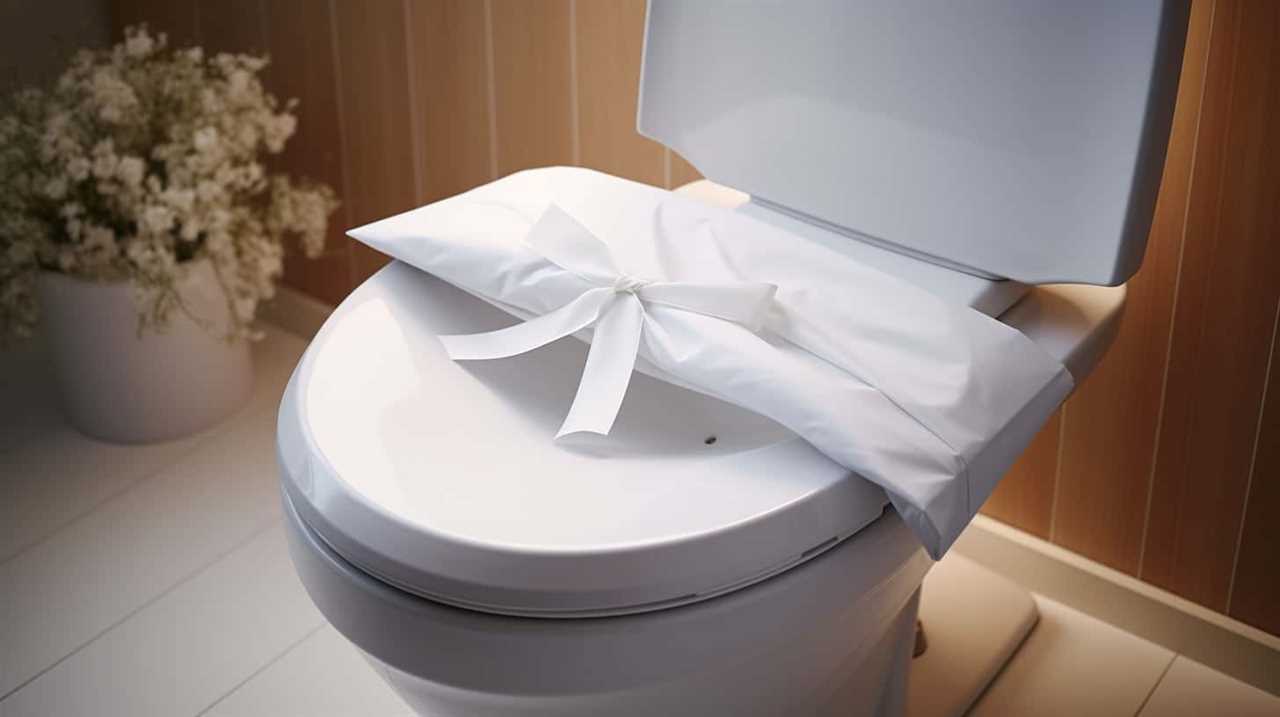
Valve Maintenance Tips
Continuing our discussion on the joker valve function, let’s explore some valve maintenance tips and how the joker valve works.
Proper valve maintenance is crucial to ensure the efficient operation of a marine toilet system. One important aspect of valve maintenance is regular cleaning. To clean the valve, it’s recommended to use a specialized cleaner that’s safe for rubber components. This will help remove any build-up or debris that may hinder the valve’s functionality.
Additionally, it’s essential to prevent joker valve damage by avoiding the use of harsh chemicals or abrasive materials that can cause deterioration. Regular inspections should also be conducted to check for any signs of wear or damage, such as cracks or tears.
By following these valve cleaning techniques and preventing joker valve damage, you can ensure the longevity and reliability of your marine toilet system.

Now, let’s delve into the importance of the valve itself.
Importance of Valve
Understanding how the joker valve works is essential for recognizing the importance of this valve in the functionality of a marine toilet system. The joker valve, also known as the duckbill valve, is a crucial component that allows waste to flow out of the toilet but prevents it from flowing back into the bowl.
Here’s how the joker valve function works:
- When you flush the toilet, water enters the bowl and creates pressure.
- This pressure pushes the joker valve open, allowing waste to be expelled into the holding tank.
- Once the water pressure decreases, the joker valve automatically closes, preventing any backflow.
The joker valve is prone to wear and tear over time, which can lead to leaks and malfunctions. Valve replacement is necessary to ensure the proper functioning of the marine toilet system and prevent any unpleasant odors or backups.
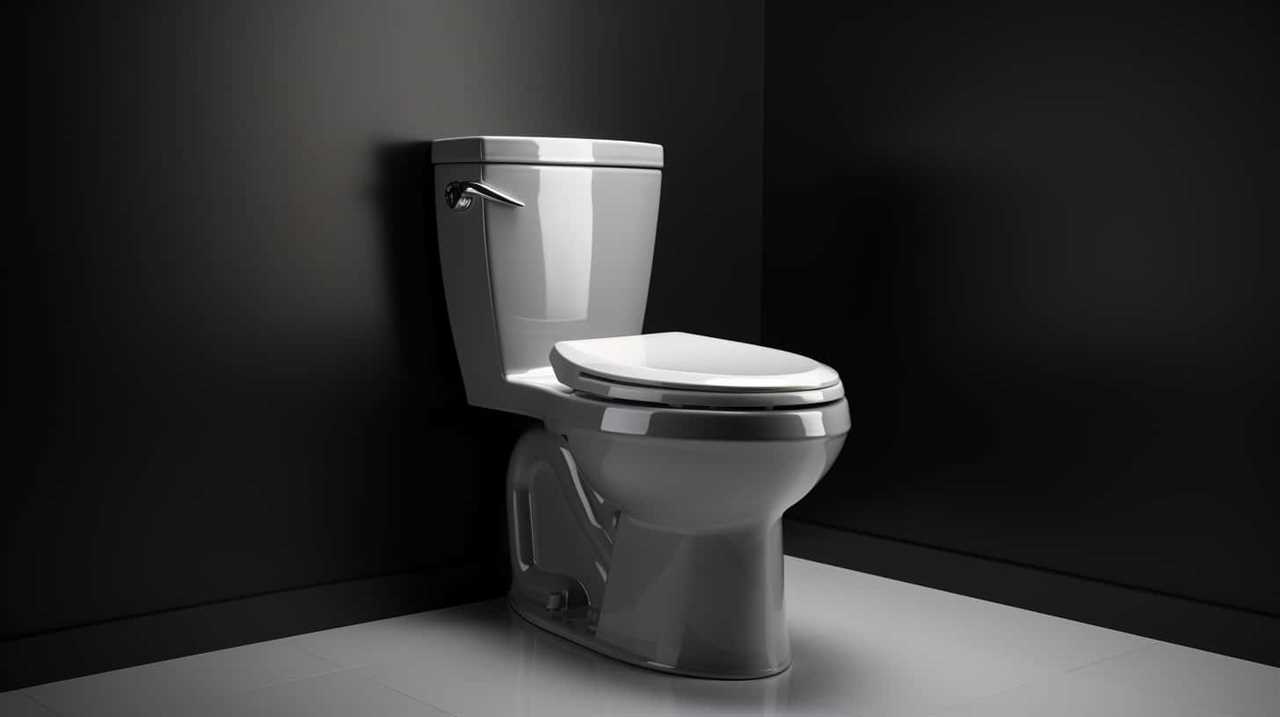
Understanding the importance of a functioning joker valve is crucial for maintaining a reliable and efficient marine toilet system.
Understanding the Importance of a Functioning Joker Valve
To ensure proper functioning of the marine toilet, maintaining a well-functioning joker valve is crucial for us. The joker valve plays a vital role in preventing backflow and ensuring the efficient disposal of waste from the marine toilet system. Over time, the joker valve may become worn or damaged, reducing its effectiveness and compromising the overall performance of the marine toilet.
Regular inspection and maintenance are essential to identify any signs of wear or damage and to address them promptly. The lifespan of a joker valve can vary depending on factors such as usage, quality of materials, and maintenance practices.
However, on average, a joker valve replacement is recommended every 2-3 years to ensure optimal functionality and prevent any potential issues that may arise from a malfunctioning joker valve.
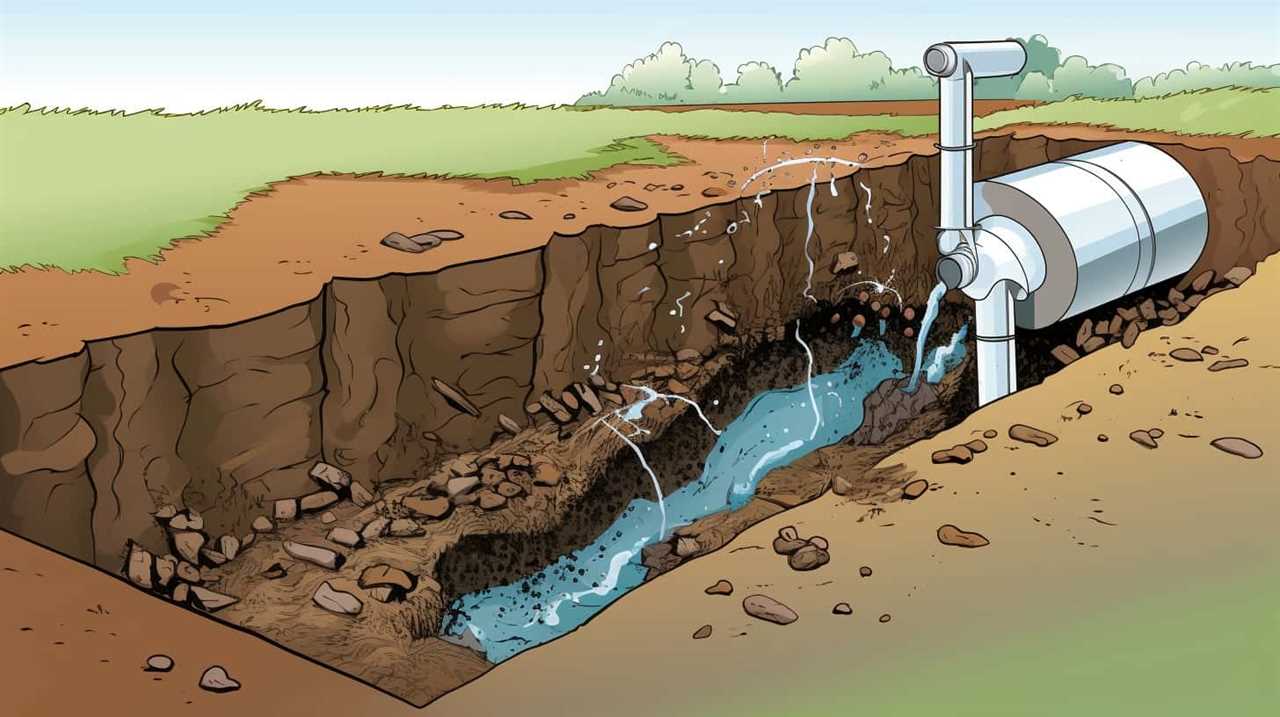
Signs of a Malfunctioning Joker Valve
As we further explore the importance of a functioning joker valve for a marine toilet, it’s crucial to be aware of the signs that indicate a malfunctioning joker valve. Identifying these signs early on can help prevent further damage and the need for toilet joker valve replacement.
Here are some key indicators to look out for when troubleshooting joker valve problems:
- Foul odor: If you notice a persistent, unpleasant odor coming from your marine toilet, it could be a sign of a malfunctioning joker valve. The valve may not be sealing properly, allowing sewage gases to escape.
- Inadequate flushing: If your marine toilet isn’t flushing properly, or if water isn’t filling the bowl adequately, it could be a result of a faulty joker valve. This can lead to incomplete waste removal and unsanitary conditions.
Common Issues With Joker Valves
Now let’s talk about some common issues that can arise with joker valves.
The first issue is leaking, which can occur if the valve isn’t sealing properly or if there’s damage to the rubber flapper.
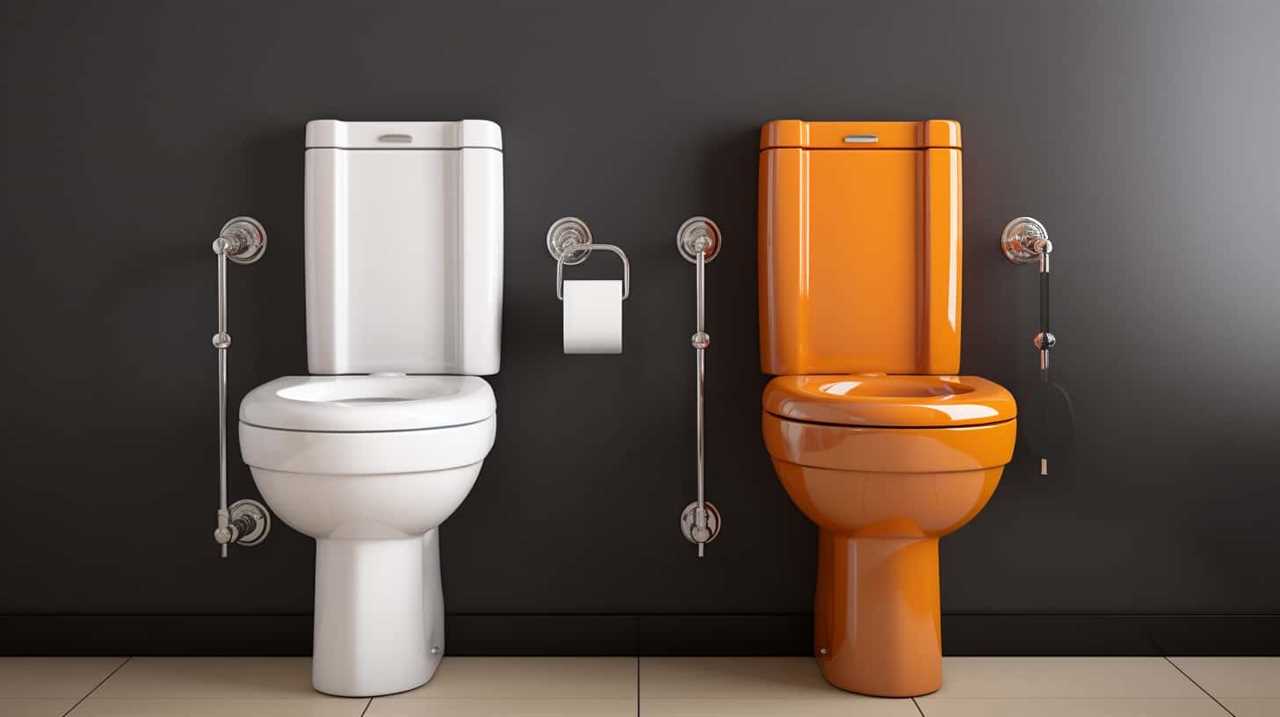
Another common problem is clogs and blockages, which can happen if foreign objects or excessive waste get stuck in the valve.
Lastly, wear and tear over time can cause the valve to become less effective, leading to reduced flow or complete malfunction.
Leaking Joker Valves
We frequently encounter issues with leaking joker valves in marine toilets. Troubleshooting joker valve problems is crucial in maintaining the proper functioning of the marine toilet system.
Here are some common issues with leaking joker valves that you should be aware of:

- Improper installation: Incorrect installation of the joker valve can lead to leaks. Ensure that the valve is properly aligned and securely fastened to prevent any leakage.
- Worn or damaged valve: Over time, the joker valve can become worn or damaged, leading to leaks. Regular inspection and replacement of the valve when necessary is essential to prevent leaks.
It is important to address leaking joker valves promptly to avoid further damage to the marine toilet system.
In the next section, we’ll discuss another common issue: clogs and blockages.
Clogs and Blockages
One common issue we encounter with joker valves in marine toilets is the occurrence of clogs and blockages. Proper marine toilet maintenance is crucial in preventing toilet blockages and ensuring the smooth operation of the joker valve.
Blockages can occur when foreign objects or excessive amounts of toilet paper are flushed down the toilet. To prevent these blockages, it’s important to educate users about what can and can’t be flushed. Regularly cleaning and inspecting the joker valve is also essential to prevent blockages caused by buildup or debris.
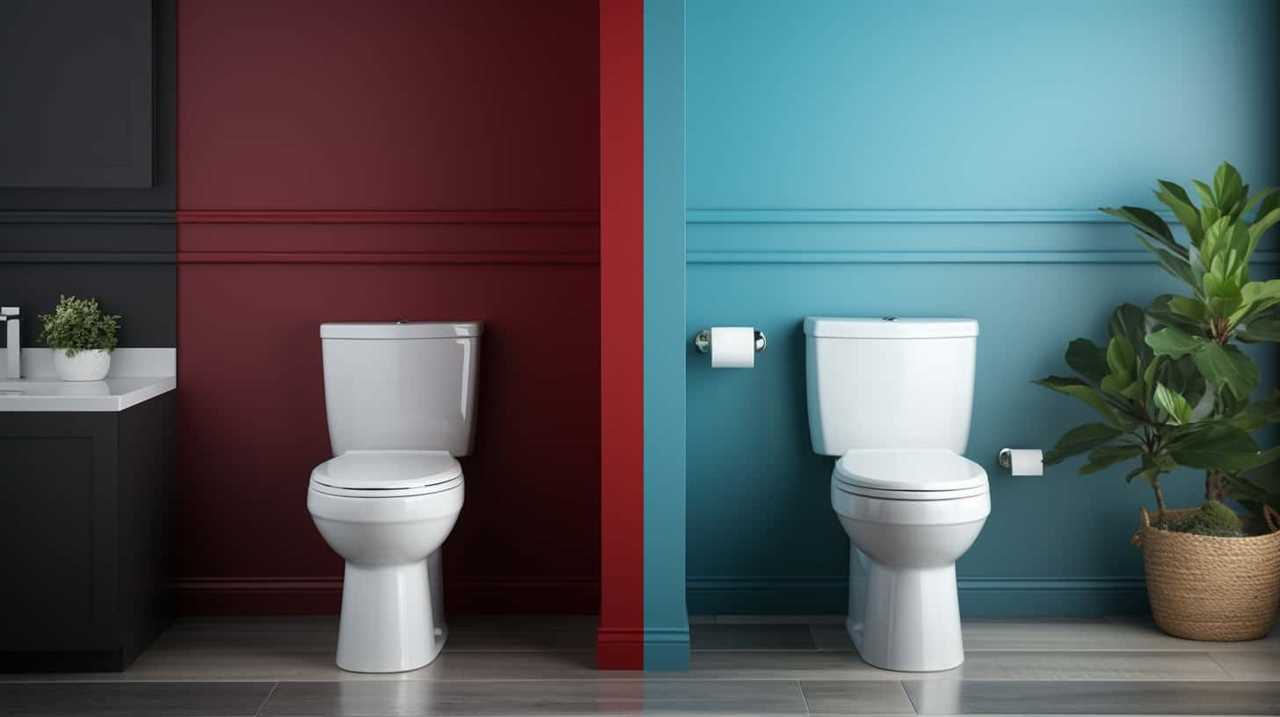
By following proper maintenance procedures and being mindful of what’s flushed, marine toilet blockages can be minimized, ensuring the longevity and functionality of the joker valve.
Transitioning into the subsequent section about wear and tear, let’s now discuss the effects of continuous usage on the joker valve.
Wear and Tear
Continuing from the previous subtopic, we often encounter common issues with joker valves in marine toilets due to wear and tear. Over time, these essential components can deteriorate, leading to malfunctions and unpleasant experiences.
Here are two key points to consider:
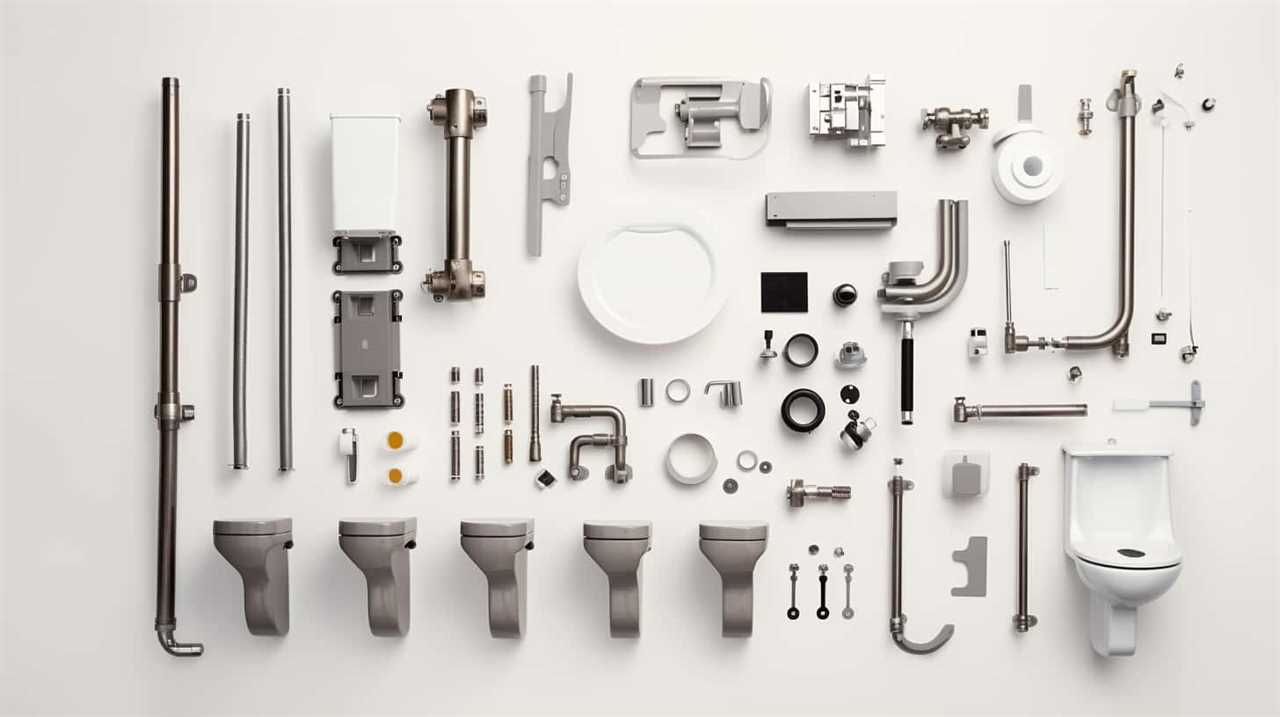
- Joker valve replacement: As the joker valve ages, it can become stiff or cracked, impairing its functionality. Regular inspection and timely replacement are crucial to ensure proper sealing and prevent backflow of waste.
- Joker valve lifespan: The lifespan of a joker valve can vary depending on usage and maintenance. However, on average, these valves may need replacement every 1-2 years. Factors such as water quality, frequency of use, and proper cleaning can affect their longevity.
Steps to Replace a Joker Valve
To start replacing a Joker Valve in a marine toilet, gather the necessary tools and materials. You’ll need a wrench, pliers, a new joker valve, and a replacement gasket if necessary.
First, turn off the water supply to the toilet and disconnect the water hose.
Next, use the wrench to remove the bolts securing the toilet to the floor. Carefully lift the toilet off the floor and set it aside.
Locate the joker valve, which is typically located at the bottom of the toilet bowl. Use pliers to remove the old valve by twisting it counterclockwise.

Once removed, insert the new joker valve by twisting it clockwise until it’s secure.
Reinstall the toilet, reattach the water hose, and turn on the water supply. Test the toilet to ensure proper functioning.
Now that you have replaced the joker valve in your marine toilet, let’s discuss the next step: choosing the right joker valve for your marine toilet.
Choosing the Right Joker Valve for Your Marine Toilet
When selecting the appropriate joker valve for our marine toilet, we prioritize durability and compatibility with our specific toilet model. Ensuring the right valve material is crucial for effective marine toilet maintenance.
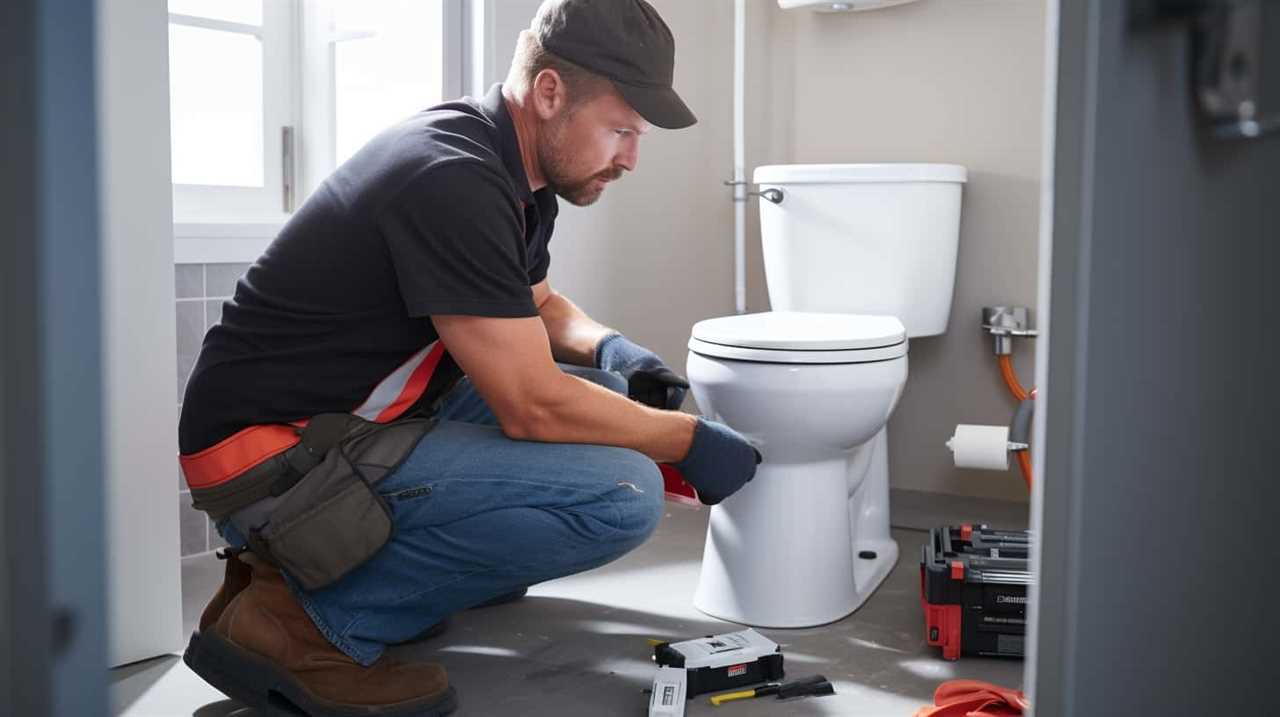
Here are some key factors to consider when choosing the right joker valve:
- Material: Opt for a valve made from high-quality materials like silicone or rubber, as they offer excellent resistance to chemicals and are less prone to deterioration.
- Fit: Confirm that the joker valve is compatible with the make and model of your marine toilet. A proper fit ensures optimal performance and prevents leaks.
By considering these factors, you can make an informed decision and choose a joker valve that will withstand the harsh marine environment and keep your marine toilet functioning smoothly.
Maintenance Tips for Prolonging the Life of Your Joker Valve
How can we effectively maintain and prolong the life of our joker valve in our marine toilet?
Proper maintenance is crucial to ensure the optimal performance and longevity of the joker valve. Regular cleaning is essential to prevent any clogs or blockages. It’s recommended to flush the marine toilet with fresh water after each use to minimize the accumulation of waste and debris.
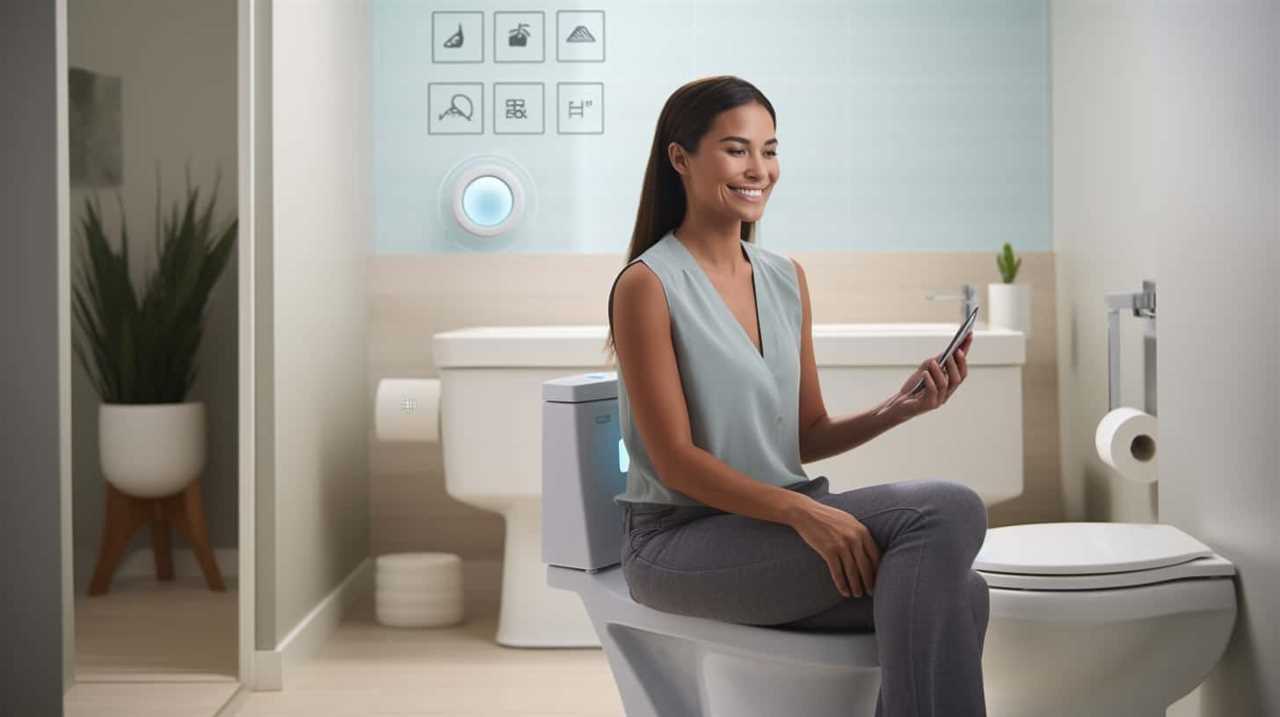
Additionally, periodically inspect the joker valve for any signs of wear or damage, such as cracks or leaks. If any issues are detected, promptly address them to prevent further damage.
Lubricating the joker valve with a silicone-based lubricant can also help maintain its functionality.
The Impact of a Faulty Joker Valve on Boat Sanitation
A faulty joker valve in a marine toilet can have serious consequences on boat sanitation. When the valve malfunctions, it can cause sewage backup, leading to health hazards and contamination.
This poses a risk not only to the individuals on board but also to the surrounding marine environment.

Malfunction Causes Sewage Backup
As a result of a faulty joker valve, our boat experienced a sewage backup, causing a significant impact on our sanitation system. This malfunction not only disrupted our journey but also posed a potential health hazard and contamination risk. To prevent such incidents, it’s essential to prioritize marine toilet repair and take proactive measures to avoid sewage backup.
Here are two key reasons why a faulty joker valve can lead to a sewage backup:
- Inadequate seal: A worn-out or damaged joker valve fails to create a proper seal, allowing sewage to flow backward into the toilet bowl and potentially overflow.
- Blockage: If the joker valve is obstructed by debris or waste buildup, it can hinder the proper flow of sewage, causing a backup in the system.
With these issues in mind, it becomes crucial to address joker valve problems promptly to maintain a functioning and hygienic boat sanitation system.
Transitioning into the subsequent section, let’s explore the potential health hazards and contamination risks associated with sewage backups.
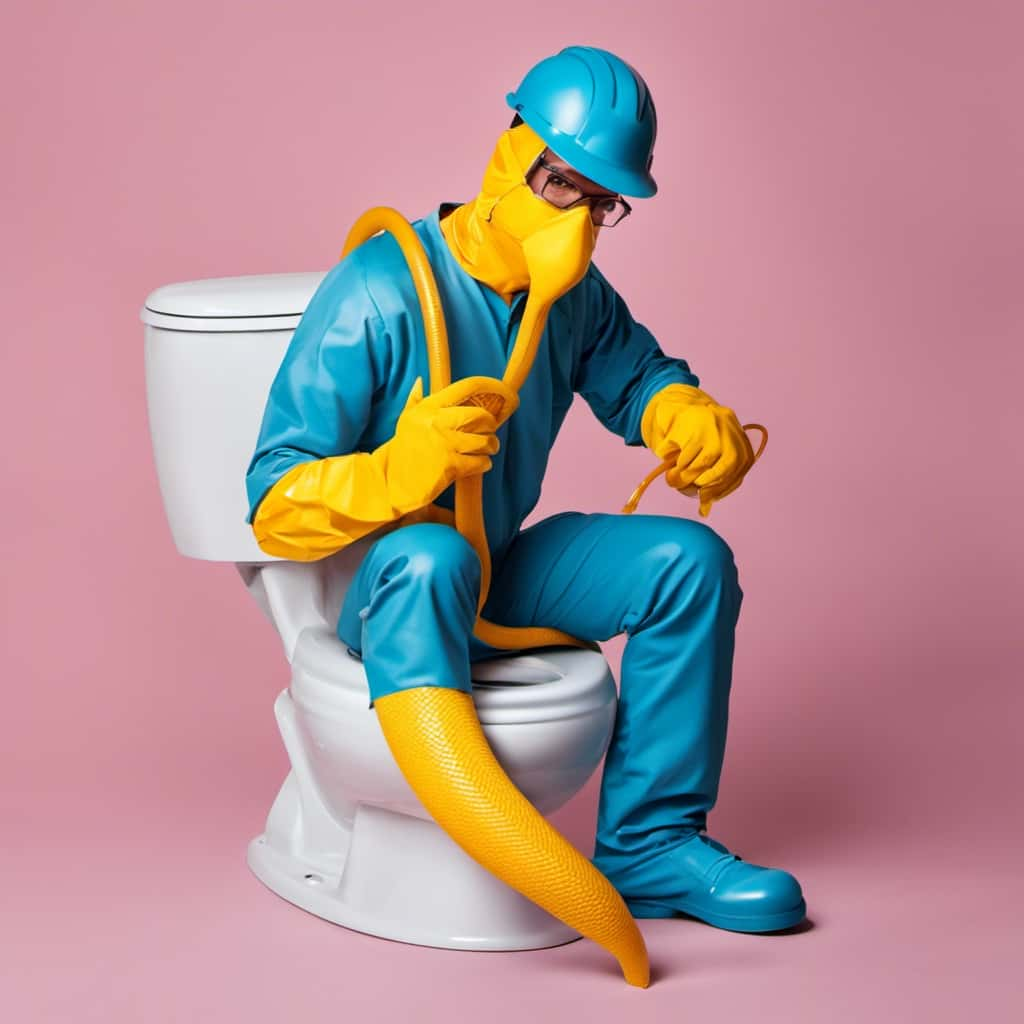
Health Hazards and Contamination
We experienced significant health hazards and contamination as a result of the faulty joker valve on our marine toilet. When the joker valve malfunctions, it can result in the backflow of sewage into the boat’s sanitation system, leading to potential health risks. The contaminated water can contain harmful bacteria, viruses, and other pathogens that can cause infections and diseases.
It’s crucial to prioritize contamination prevention measures to ensure the health and well-being of everyone on board. Regular maintenance and inspection of the joker valve is essential to detect and address any issues promptly. Additionally, using appropriate disinfectants and cleaning agents can help eliminate or reduce the presence of pathogens.
Troubleshooting Tips for Joker Valve Problems
In our experience, addressing joker valve problems in marine toilets requires a systematic troubleshooting approach. To help you navigate through these issues, we’ve compiled a list of troubleshooting techniques and tips for joker valve installation:
- Troubleshooting techniques:
- Check for blockages: Inspect the plumbing lines and ensure there are no obstructions.
- Test the valve: See if the joker valve is functioning properly by manually operating it.
- Joker valve installation:
- Proper alignment: Make sure the joker valve is correctly aligned with the toilet outlet.
- Tighten connections: Ensure all connections are securely tightened to prevent leaks.
By following these troubleshooting techniques and paying attention to joker valve installation details, you can effectively address and resolve any problems you may encounter.

With a methodical approach and attention to detail, mastery over marine toilet joker valve issues can be achieved.
Benefits of Regular Joker Valve Inspection
Regular inspection of the joker valve offers several advantages for maintaining optimal marine toilet performance. By conducting regular maintenance and inspections of the joker valve, boat owners can ensure the smooth operation of their marine toilets and prevent potential issues.
Here are the benefits of regular joker valve inspection:
| Benefits | Importance of Joker Valve Inspection |
|---|---|
| 1. Prevents clogs | Regular inspection allows for early detection of any blockages or debris buildup, preventing clogs and ensuring proper functioning of the marine toilet. |
| 2. Extends valve lifespan | Regular maintenance and inspection help identify any signs of wear or damage to the joker valve, allowing for timely replacement and extending its lifespan. |
| 3. Improves sanitation | Inspecting the joker valve helps maintain a clean and hygienic marine toilet system, ensuring efficient waste disposal and preventing unpleasant odors onboard. |
Upgrading Your Marine Toilet Joker Valve
To enhance the performance of our marine toilet, we can consider upgrading the joker valve. Upgrading options include:
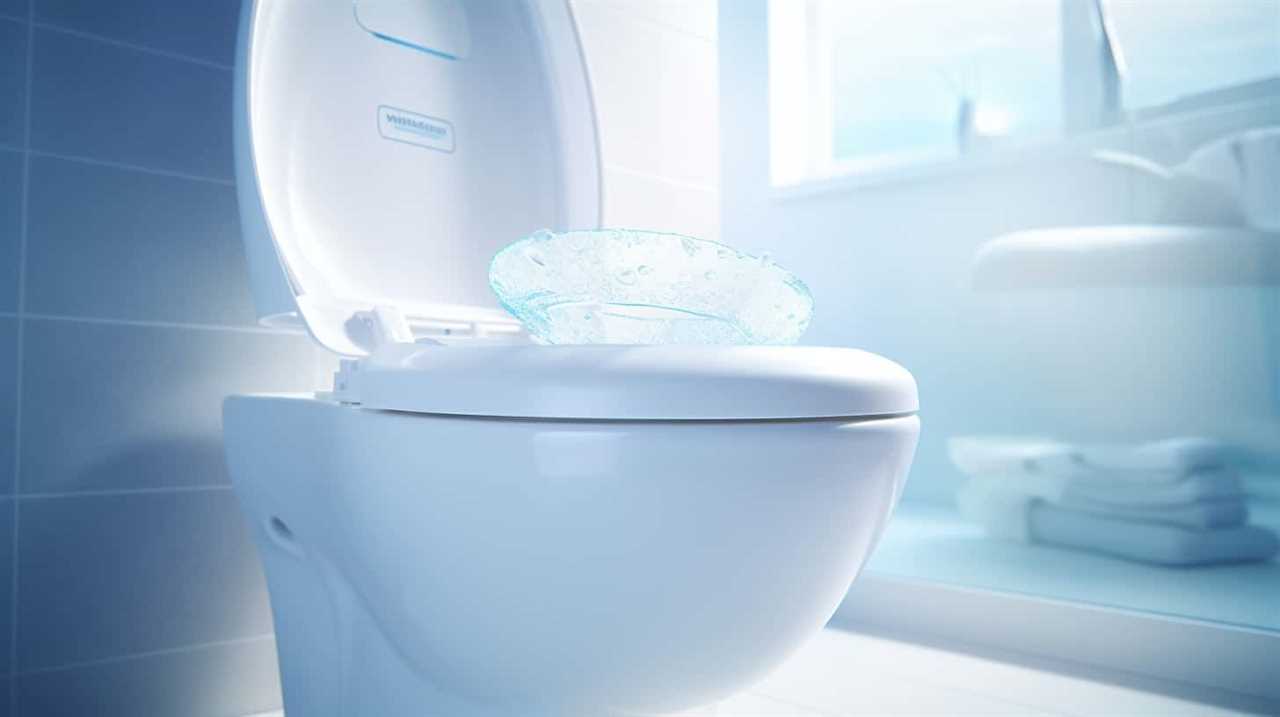
- Durable materials: Opt for a joker valve made of high-quality materials like silicone or neoprene, which provide better resistance to wear and tear.
- Improved sealing: Upgraded joker valves often feature enhanced sealing mechanisms, ensuring a tighter seal and preventing unpleasant odors from escaping.
Benefits of upgrading the joker valve include:
- Reduced maintenance: Upgraded joker valves require less frequent replacement and maintenance, saving time and effort.
- Enhanced efficiency: Improved sealing and durability lead to better flushing performance, minimizing clogs and promoting smoother operation.
Frequently Asked Questions About Marine Toilet Joker Valves
Let’s address some common questions about marine toilet joker valves.
First, what’s the purpose of a joker valve?
The purpose of a joker valve is to prevent water from flowing back into the toilet bowl once it has been flushed. It acts as a one-way valve, allowing waste and water to exit the bowl but preventing any backflow.
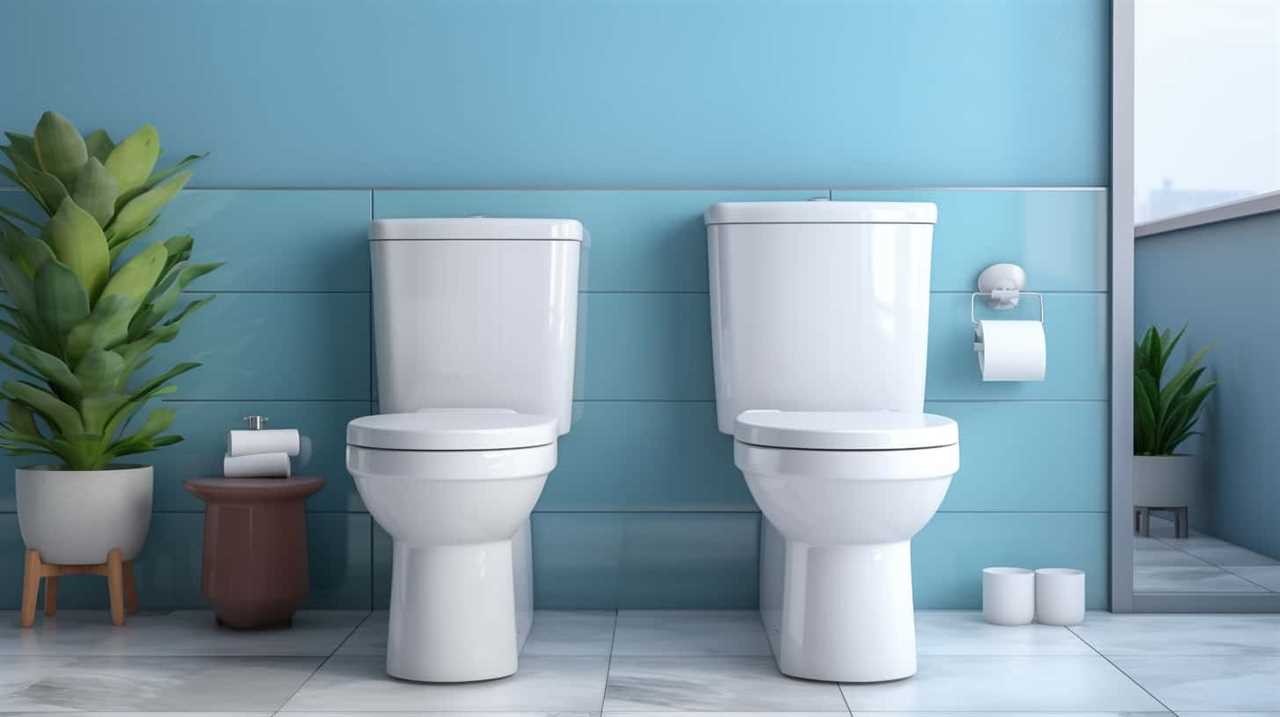
Second, how should you maintain it to ensure proper functioning?
To ensure proper functioning, it is important to regularly clean and inspect the joker valve. This involves removing any debris or buildup that may be obstructing the valve. It is also recommended to lubricate the valve with silicone grease to keep it functioning smoothly.
And finally, what’re some common issues that you might encounter with a joker valve?
Some common issues that you might encounter with a joker valve include clogging or blockage due to debris or waste buildup. This can result in poor flushing performance or water backing up in the toilet bowl. The valve itself may also become worn or damaged over time, leading to leaks or improper sealing.
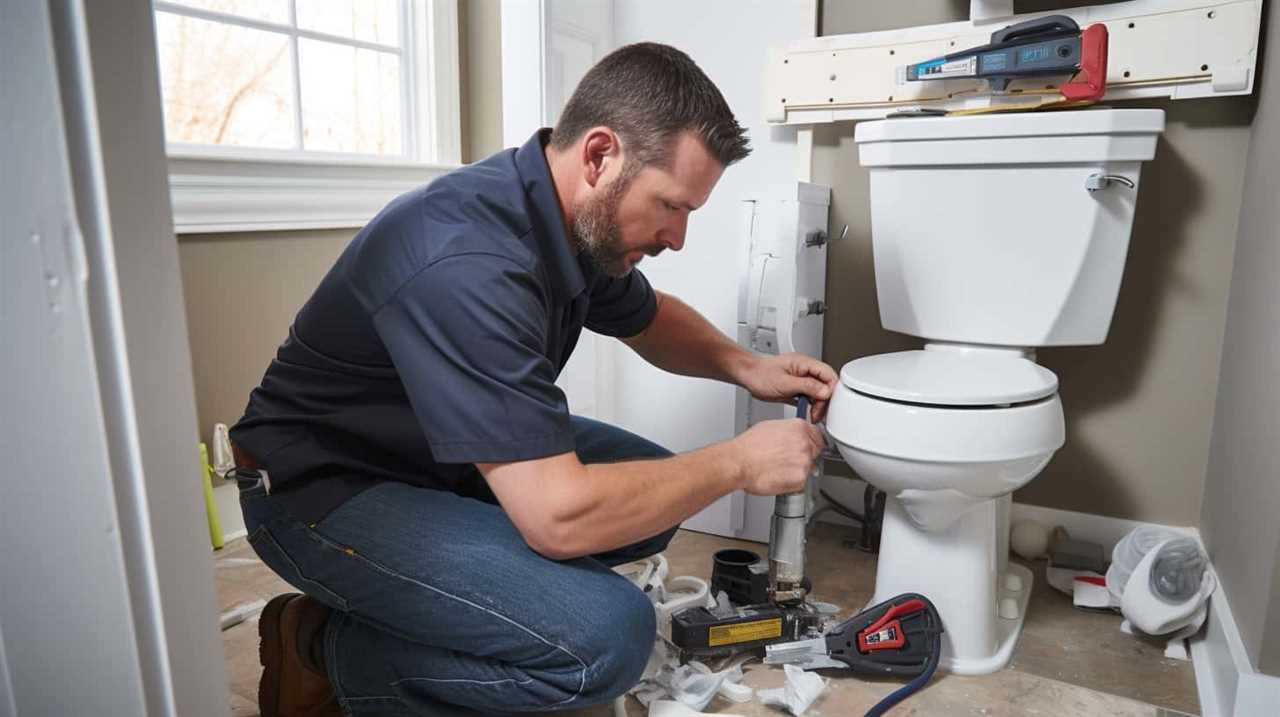
We’ll provide concise and precise answers to these questions to help you better understand and troubleshoot your marine toilet joker valve.
Purpose of Joker Valve
The joker valve serves an essential purpose in marine toilets, preventing backflow and maintaining proper operation. It’s a crucial component that ensures the efficient functioning of the marine toilet system.
Here are some frequently asked questions about the purpose of the joker valve:
- How does the joker valve prevent backflow?
- The joker valve works as a one-way check valve, allowing waste and water to flow out of the toilet bowl but preventing them from flowing back into the system.
- What role does the joker valve play in maintaining proper operation?
- The joker valve creates a seal between the toilet bowl and the rest of the system, preventing odors and gases from escaping and maintaining a hygienic environment onboard.
Understanding the purpose of the joker valve is crucial for marine toilet maintenance and troubleshooting joker valve problems. It ensures the smooth functioning of the marine toilet system and enhances the overall comfort and convenience onboard.
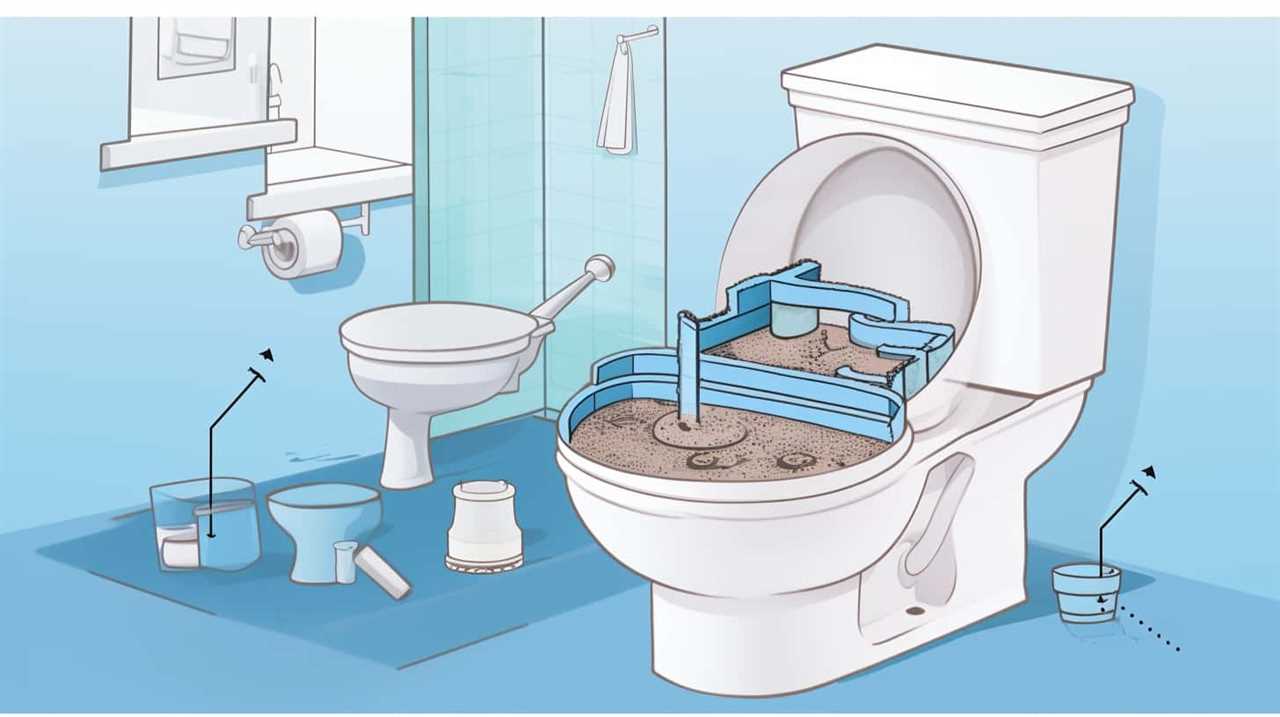
Joker Valve Maintenance
For proper maintenance of marine toilet joker valves, we often wonder how frequently we should clean them. Regular cleaning is essential to ensure the smooth operation of the joker valve and prevent any potential issues.
It’s recommended to clean the joker valve at least once every three to six months, depending on the usage and condition of the valve. Cleaning involves removing the valve from the toilet system and thoroughly scrubbing it with a brush and mild detergent. If cleaning doesn’t resolve any issues, it may be necessary to replace the joker valve.
Regular maintenance and cleaning of the joker valve will help prevent clogs, leaks, and other common problems associated with marine toilet systems.
Now, let’s move on to discuss common joker valve issues.
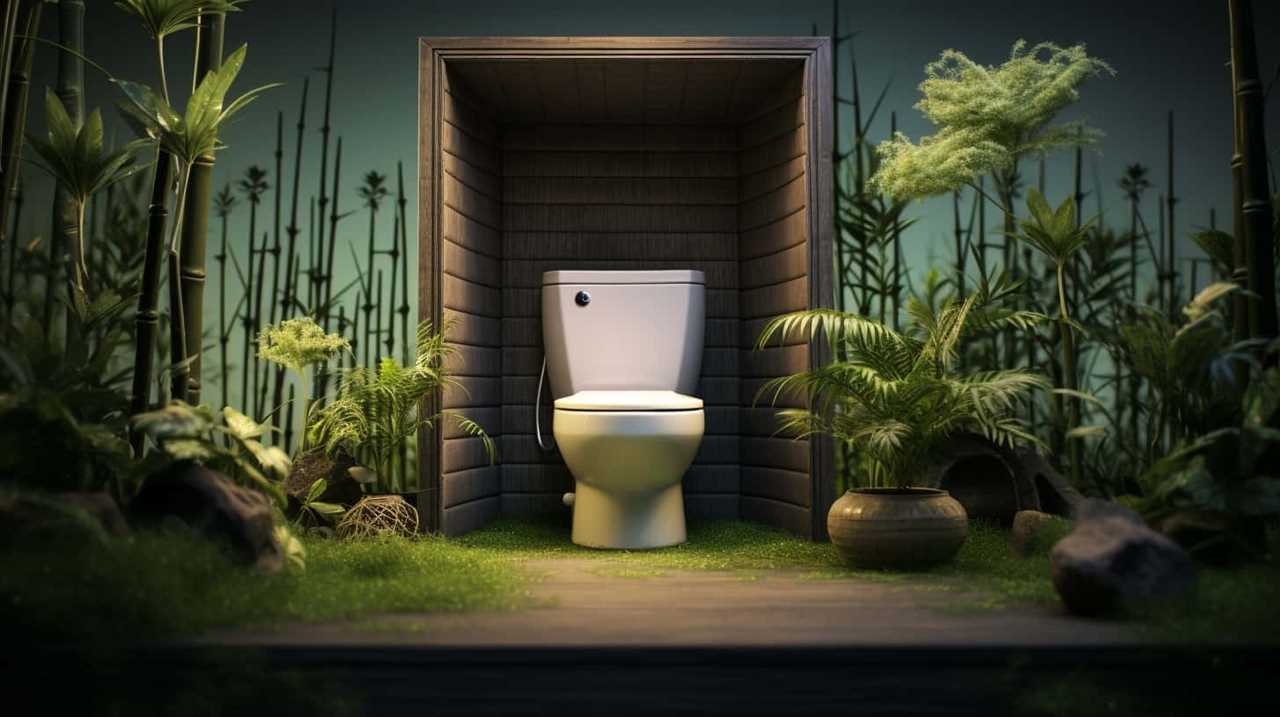
Common Joker Valve Issues
Now, we’ll address some frequently asked questions about marine toilet joker valves and the common issues that can arise.
- What are the most common joker valve issues?
- Clogging: The joker valve can become clogged with debris, causing poor flushing or complete blockage.
- Leakage: A worn or damaged joker valve may allow water to leak back into the toilet bowl, leading to unpleasant odors and potential damage to the surrounding area.
- How can I troubleshoot joker valve issues?
- Inspect and clean: Regularly inspect the joker valve for any signs of damage or blockage, and clean it thoroughly.
- Replace when necessary: If the joker valve is worn or damaged beyond repair, it should be replaced promptly to ensure proper functioning of the marine toilet.
Frequently Asked Questions
Can a Marine Toilet Joker Valve Be Repaired or Does It Always Need to Be Replaced?
When it comes to repairing marine toilet joker valves, it is possible to fix them instead of replacing them. Troubleshooting common issues with these valves can help determine whether repair or replacement is necessary.
How Often Should a Joker Valve Be Inspected and Replaced?
We should inspect and replace the joker valve regularly to maintain optimal performance. Signs of a worn-out joker valve include leaks, clogs, and reduced flushing efficiency. Regular inspection and replacement ensure proper functioning of the marine toilet system.
Are There Any Alternative Options to Using a Joker Valve in a Marine Toilet System?
There are alternative options to using a joker valve in a marine toilet system. However, it’s important to weigh the pros and cons. These options include macerator pumps, composting toilets, and vacuum flush systems.

Can a Malfunctioning Joker Valve Cause Any Damage to the Rest of the Marine Toilet System?
A malfunctioning joker valve in a marine toilet system can potentially cause damage to other parts of the system. It is crucial to perform regular marine toilet maintenance to avoid common joker valve problems and ensure proper functionality.
What Are the Main Factors to Consider When Choosing the Right Joker Valve for a Marine Toilet?
When choosing a joker valve for a marine toilet, there are several factors to consider. These include the type of valve, durability, compatibility with the system, and ease of installation.
Conclusion
In conclusion, the marine toilet joker valve plays a crucial role in the functionality of a marine toilet. It acts as a one-way valve, preventing backflow and maintaining proper water flow.
Regular inspection and maintenance of the joker valve are essential to ensure its proper functioning.

By understanding the importance of this small but vital component, boat owners can avoid potential toilet malfunctions and enjoy a trouble-free boating experience.



